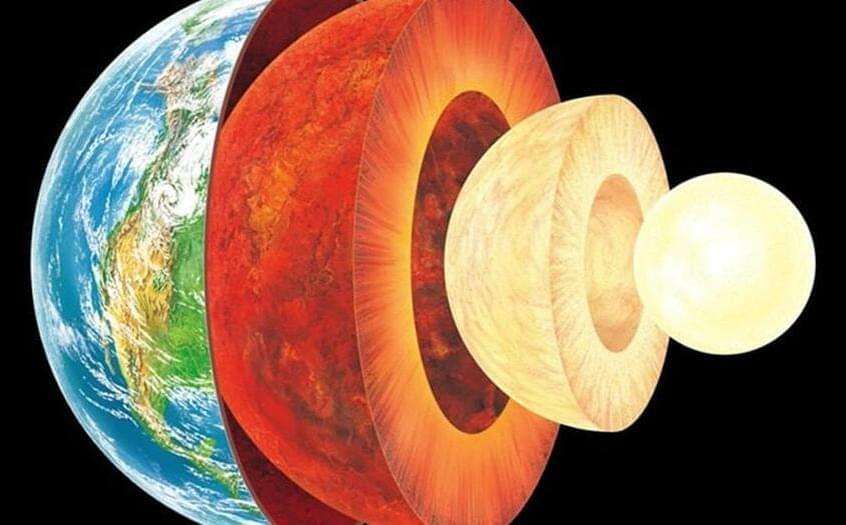The inner workings of our planet are getting weirder.
For generations, scientists have probed the structure and composition of the planet using seismic wave studies. This consists of measuring shock waves caused by earthquakes as they penetrate and pass through the Earth’s core region. By noting differences in speed (a process known as anisotropy), scientists can determine which regions are denser than others. These studies have led to the predominant geological model that incorporates four distinct layers: a crust and a mantle (composed largely of silicate minerals) and an outer core and inner core composed of nickel-iron.
According to seismologists from The Australian National University (ANU), data obtained in a recent study has shed new light on the deepest parts of Earth’s inner core. In a paper that appeared in Nature Communications, the team reports finding evidence for another distinct layer (a solid metal ball) in the center of Earth’s inner core — an “innermost inner core.” These findings could shed new light on the evolution of our planet and lead to revised geological models of Earth that include five distinct layers instead of the traditional four.
The research was led by Dr. Thanh-Son Pham and Dr. Hrvoje Tkalcic, a postdoctoral fellow and professor with ANU’s Research School of Earth Sciences (RSES), respectively. As they indicate, the team stacked seismic wave data from about 200 earthquakes in the past decade that were magnitude-6 or more. The triggered waveforms were recorded by seismic stations worldwide, which traveled directly through the Earth’s center to the opposite side of the globe (the antipode) before traveling back to the source of the earthquake.
